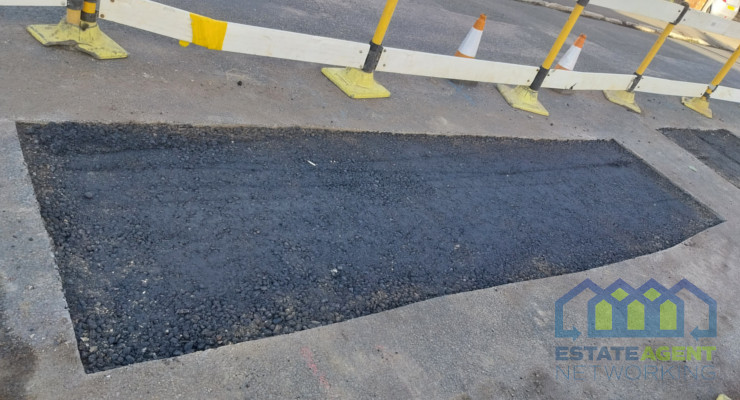Major UK Cities Experiencing Strong House Price Growth
The major cities of the UK have experienced exceptionally strong growth in residential property prices over the first quarter of this year. Across the 20 biggest cities in the country, a new report from Hometrack said, house prices grew at the fastest rate seen for twelve years.
Growth across the initial three months of 2016 was 4.2% on average across the 20 biggest UK cities, Hometrack’s price index says. This is the fastest quarterly growth rate since the first quarter of 2004. The annual growth figure across the major cities hit 10.8%. This is noticeably stronger than the UK-wide average, which was just 8.7% year-on-year. These increases brought the average price of a property in one of the 20 biggest cities to £235,000.
Liverpool and London topped the list when it came to quarterly gains. In the first three months of the year, both of this cities saw the average property increase in price by 4.1%. There is, however, considerable value disparity between the two cities – as indeed there is between London and the rest of the UK. The average residential property in London is valued at £468,100 after first-quarter growth, while in Liverpool the average homes costs a rather more affordable £113,100.
Furthermore, despite these strong gains, Liverpool’s house prices remain down by 11% compared to their pre-crisis peak. Many are taking this as a sign that Liverpool’s prices have plenty of room for growth left, particularly investors who are taking this as a sign that there is a lot of potential for capital appreciation when investing in the city.
Behind London and Liverpool, the next biggest quarterly figure belongs to Cardiff. Quarterly price appreciation in Wales’ premier city was 3.5%. Southampton and Bristol follow close behind, with properties in each of these cities growing by 3.3% across the first quarter of 2016.
Taking an annual perspective, the city with the fastest-growing house prices was Cambridge. The famed university city saw year-on-year growth of 15.6%. Second place belongs to London, with 14.2%, and third on the list is Bristol, where the average property grew in value by 13.5% compared to the same period in 2015.
A number of factors helped push forward house prices in the UK’s major cities across the first quarter of the year. One example is the increase in stamp duty, introduced in April. More specifically, the desire of investors and second home buyers to push transactions through before this increase took effect led to an increase in completions in the early part of 2016, with both agents and mortgage brokers reporting a rush on purchases as a result.
Hometrack predicts that house price growth will continue. However, they do predict that the rate of growth will slow somewhat, especially in higher-value properties. In the immediate future, a slowdown is likely to be caused by the end of the rush to beat stamp duty increases and, especially, uncertainty surrounding the impact of the EU referendum on the property market.









